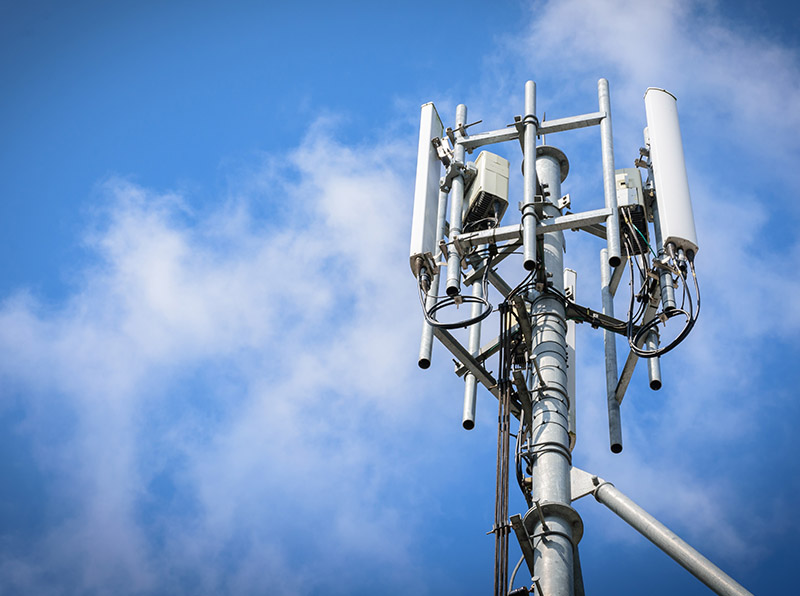Brain cancer incidence in Spain not linked to mobile phones
This ecological study investigated trends in brain cancer incidence to evaluate the potential impact of increased mobile phone use in Spain since the early 2000s. It analysed brain cancer incidence data from 12 Spanish cancer registries, covering the period from 1985 to 2015. The analysis was stratified by age group, with separate evaluations for adults (aged 15 years and older) and children (aged 0 to 14 years). The dataset included 20,325 adult and 2,372 childhood brain cancer cases.

Environmental EME report
Radiated fields from cellular telephone base stations must comply with safety limits imposed by the Australian Communications and Media Authority. In many cases this includes preparing an Environmental EME Report.

Mobile phone/NBN base stations
Advice on whether mobile phone and NBN base stations are associated with health effects.

New study finds no link between mobile phone use and salivary gland tumours
A study conducted by the Australian Radiation Protection and Nuclear Safety Agency (ARPANSA) and the University of Auckland has found no link between mobile phone use and salivary gland cancers.

ARPANSA contributes to 5G inquiry
ARPANSA has provided a submission to the 2019 parliamentary inquiry into the benefits and challenges of 5G – the fifth generation of the mobile telecommunications network.
The submission provides information about the safety of radio waves from 5G.
How to reduce exposure from mobile phones and other wireless devices
There is no established scientific evidence that the use of mobile phones causes any health effects. Although it is not considered necessary, there are things one can do to substantially reduce exposure.


